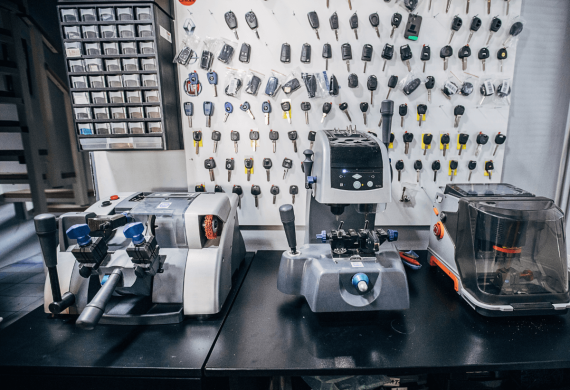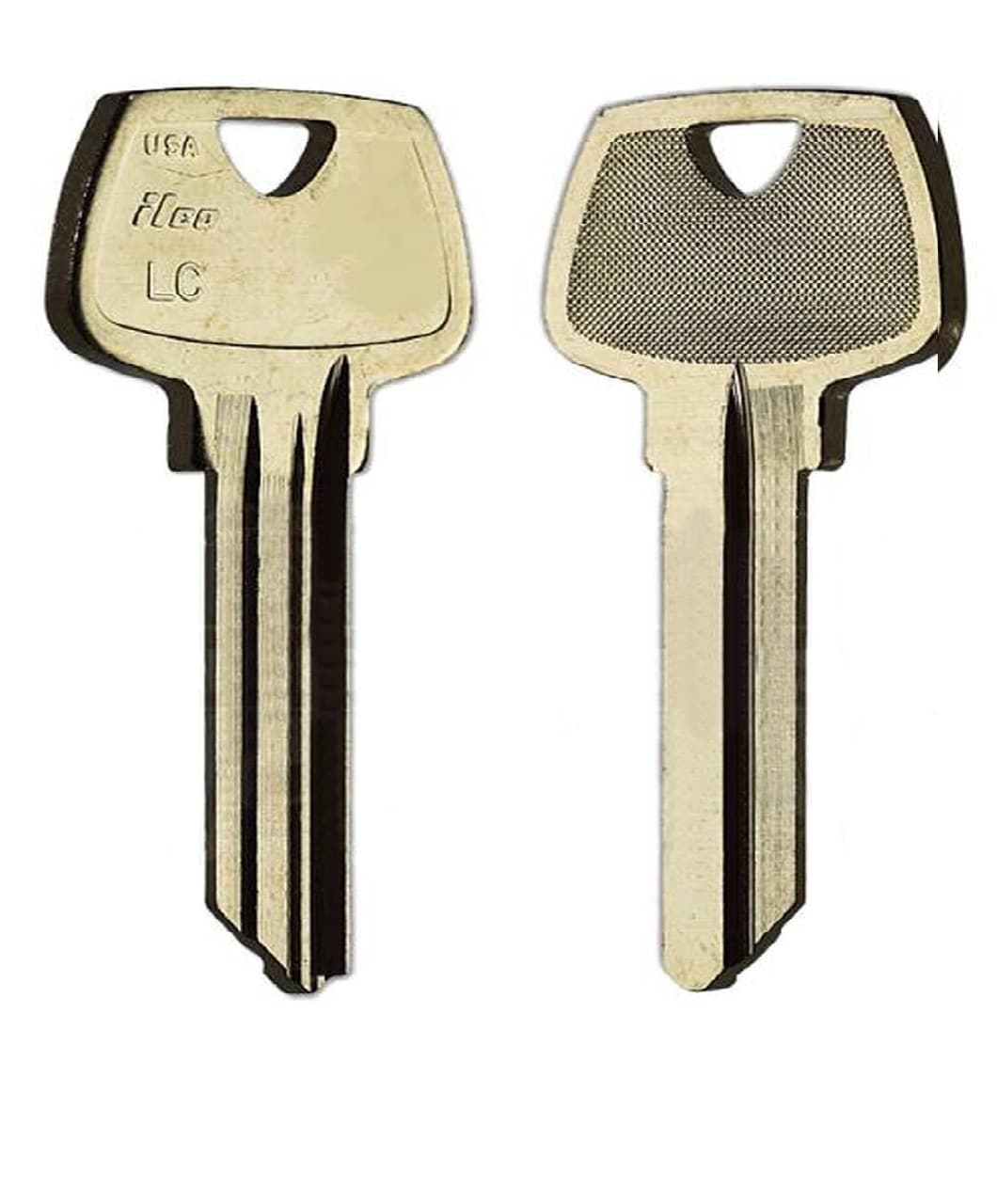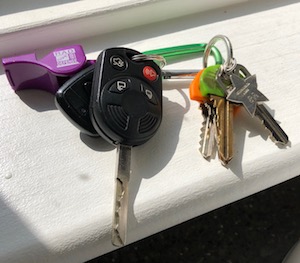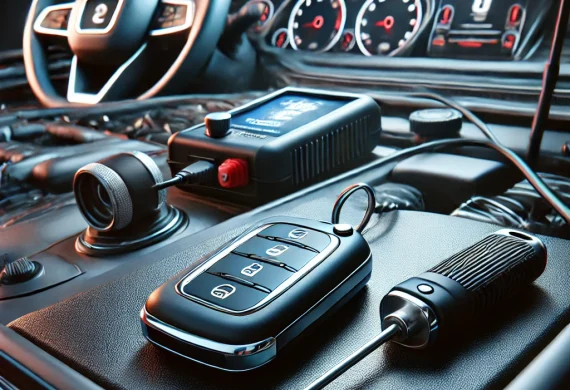How to Fix an Ignition Switch: A Step-by-Step Guide
- published:
Experiencing issues with your ignition switch can be frustrating and even leave you stranded. If your car isn’t starting as it should, a faulty ignition switch could be the culprit. Fixing an ignition switch involves understanding its mechanisms and knowing how to troubleshoot it safely. This guide will walk you through identifying ignition switch problems, potential fixes, and why consulting a lost car key replacement service might be beneficial if your key isn’t working correctly.
Understanding how to fix an ignition switch not only saves you time and money but also gives you confidence when faced with minor car issues. Let’s get started with the basics.
What is an Ignition Switch?
The ignition switch is a vital component in your vehicle’s starting system. It is responsible for activating the electrical systems and allowing the engine to start once you turn the key or press a button. If the ignition switch malfunctions, your car may fail to start, stall unexpectedly, or show no electrical response when turning the key.
Common symptoms of ignition switch problems include:
- Difficulty turning the key in the ignition
- No response when the key is turned (e.g., no dashboard lights)
- Car stalls while driving
- Trouble keeping the key in the ignition slot or feeling loose
If these issues sound familiar, the ignition switch may be to blame. Luckily, you can diagnose and address many of these problems with some basic tools and know-how.
Step-by-Step Guide: How to Fix an Ignition Switch
Before starting, make sure you have a few basic tools on hand, such as a screwdriver set, socket wrench, and possibly a replacement ignition switch (available at most auto parts stores). Additionally, disconnect the car battery to ensure safety.
Step 1: Identify the Issue with the Ignition Switch
Not all ignition issues stem from the switch itself. A lost car key replacement service might be needed if the key is worn or if a transponder key needs reprogramming. However, if the ignition switch itself is the issue, you’ll notice that even a new key fails to start the car or there is no electrical response.
Common reasons for ignition switch failure include:
- Worn Contacts: Over time, the internal contacts wear out, preventing a solid connection.
- Broken Cylinder: The cylinder where the key fits can wear out, making it hard to turn.
- Electrical Malfunction: Wiring or fuses might be faulty, affecting the switch.
Step 2: Remove the Ignition Switch Cover
To access the ignition switch, start by removing the steering column cover. Here’s how:
- Locate Screws: Use a screwdriver to unscrew the screws under the steering column. In most cars, these are located near the ignition switch and under the steering wheel.
- Remove Steering Column Cover: Carefully separate the cover into two parts and gently pull them away to expose the ignition switch.
Be cautious not to pull too hard, as other electrical components may be connected to the cover. This step should reveal the ignition switch’s components.
Step 3: Remove the Ignition Switch
With the ignition switch now visible, follow these steps to remove it:
- Locate the Retaining Screws: Use a screwdriver to remove the retaining screws holding the ignition switch in place.
- Disconnect the Wiring Harness: Carefully unplug the wiring harness connected to the ignition switch. This part may require some gentle pulling or pressing to detach.
- Remove the Ignition Switch: Once the screws are removed and the wiring is disconnected, you can pull the ignition switch out.
Step 4: Test the Ignition Switch
Using a multimeter, you can check if the ignition switch is truly faulty. Here’s how:
- Set the Multimeter to Continuity Test: Connect the multimeter to the terminals of the ignition switch.
- Turn the Key (If Possible): If the switch is still partially functional, turning it should show a reading. If there’s no reading, the switch is likely faulty and needs replacement.
If the multimeter test confirms a fault, it’s time to replace the switch. If the switch is fine, the issue might lie elsewhere, such as with the key itself—consulting a lost car key replacement service may be beneficial at this stage.
Step 5: Replace the Ignition Switch
If your ignition switch is faulty, follow these steps to install a new one:
- Position the New Switch: Align the new ignition switch in the same spot where the old one was removed.
- Reconnect the Wiring Harness: Attach the wiring harness to the new switch. Ensure it is firmly in place to prevent future electrical issues.
- Secure the Switch with Screws: Replace the retaining screws to hold the new ignition switch securely.
When to Seek Professional Help or a Lost Car Key Replacement Service
If replacing the ignition switch doesn’t resolve your issue or if you’re experiencing problems with a transponder key, consider contacting a professional lost car key replacement service. They offer specialized services that go beyond standard key cutting, including transponder programming, smart key replacement, and help with advanced electronic key fobs.
When to Contact a Lost Car Key Replacement Service:
- Key Won’t Turn in the New Switch: This could indicate a problem with the key itself.
- Key or Fob Needs Programming: Modern vehicles often require electronic keys to be programmed to the car’s system.
- Security System is Triggered: In some cases, replacing an ignition switch without professional support may trigger the car’s security system.
An experienced locksmith or key replacement service can provide the necessary tools and programming expertise for these issues, saving you time and avoiding potential security complications.
Additional Tips for Ignition Switch Maintenance
To prevent future ignition switch problems, consider these maintenance tips:
- Keep Your Keys Light: Heavy keychains can cause stress on the ignition switch, accelerating wear over time.
- Regularly Clean the Key Slot: Dust and dirt can accumulate inside the ignition switch. Use compressed air to keep the slot clean and prevent build-up.
- Inspect Your Key for Wear: Worn or damaged keys can harm the ignition switch. If your key is visibly worn, consider getting a replacement from a lost car key replacement service.
Following these maintenance tips can help prolong the lifespan of your ignition switch and reduce the need for repairs or replacements.
Common Ignition Switch Issues and Troubleshooting
Even after fixing or replacing an ignition switch, you might encounter some residual issues. Here’s a quick troubleshooting guide for common problems:
- Car Won’t Start After Ignition Switch Replacement: Check that the switch is properly connected and the battery is not dead. If the car still won’t start, you may need a new key or transponder programming.
- Stiff Key Movement: If the key is hard to turn in the new switch, consider lubricating the key slot with a recommended product.
- Electrical Issues (e.g., Radio Won’t Turn On): Double-check wiring connections around the ignition switch and ensure that no fuses are blown.
If issues persist, consulting a professional locksmith or auto mechanic can help resolve these problems. A lost car key replacement service may also assist if the key or key fob is part of the problem.
Conclusion
Fixing an ignition switch may seem intimidating, but with the right tools and a step-by-step approach, it’s a manageable task. By identifying the issue, removing and replacing the switch, and testing for continuity, you can tackle ignition switch issues with confidence. If a key problem or transponder programming is involved, seeking help from a lost car key replacement service can save you from additional frustration.
When dealing with ignition switch issues, always consider the importance of safe and thorough repairs. A functioning ignition switch is essential to your vehicle’s performance and security, so take your time and follow these steps carefully. If you run into complications, don’t hesitate to consult Safe and Secure Locksmith who can offer comprehensive assistance with both ignition switch repairs and lost car key replacement services.











